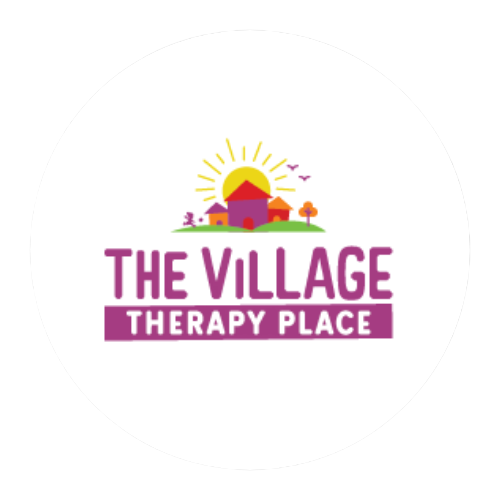Success in School with Auditory Processing Disorder! Tips to Incorporate in the Classroom
Authored By Elise Weinstein, CCC-SLP, Speech Therapist at The Village Therapy Place
Auditory Processing Disorder (APD)- What Can I Do at School?
Is APD causing your child to struggle at school?
Is his/her teacher looking to you for strategies to help?
Looking for way to help your child (and his/her teachers!) have a smoother day at school?
First…share all the strategies we mentioned HERE! last week. The same strategies can be used at school to help your child there as well.
Then…share the following school-specific strategies to help your child in a noisy classroom environment. Keep in mind that not all kids and classrooms are the same. Use the strategies that best apply to your child and the teacher’s classroom.
· Preferential Seating
Preferential seating means giving your child the “best seat in the house.” This seat may not necessarily be in the front row but would be wherever the child would have the best auditory and visual access to the teacher. Keep in mind where the teacher usually stands when teaching.
· Noise Reduction
Classrooms are noisy, and noise makes it harder for children with APDs to process auditory information. While some noises are unavoidable with a group of children, others can be mitigated. Making the classroom quieter helps everyone learn better (and helps the teacher put less strain on her voice too)! Ideas to help reduce noise include:
- Angling desks/tables around the room (instead of arranging them in rows)
- Placing felt pads (or tennis balls) on the bottom of chairs
- Using carpets/rugs around the room (to absorb sound)
- Hanging curtains/blinds (to block outdoor sounds)
- Hanging soft materials on walls, such as cork boards
· Assistive Listening Devices
Some children with APD will benefit from having an assistive listening device (ALD) to give them better auditory access to the speaker’s voice- your audiologist can let you know if an ALD is right for your child.
ALDs are wireless systems that enable a child to hear the speaker directly, even when there is background noise. The teacher wears a small transmitter/microphone and the child wears a receiver, so that s/he can hear the teacher’s voice directly. Some ALDs use dynamic technology, which modulates how much to amplify the speaker’s voice depending on the level of background noise at the time.
· Visuals
Providing children with an outline of the lesson and/or giving the child notetaking assistance can be very helpful for children with APDs.
· Pre-Teach New Info
Teaching some of the new vocabulary or content before the classroom lesson can help children with APDs better follow the lesson in real-time.
o Ideas for implementation are the following:
§ Have an assistant pull the child aside at one point in the day
§ Send home vocabulary lists for parents
§ Give the SLP (speech language pathologist) an outline of upcoming topics
· Testing Environment
Allow children with APDs to take tests in a quiet room so they don’t have to struggle with competing background noises.
· Written Directions
Providing the child with written directions (in addition to or instead of verbal directions) makes it easier for a child with APD to follow through. This also helps the rest of the children in the classroom!
Follow us next week for more tips for succeeding…by improving auditory skills!
Who We Are:
We, at The Village Therapy Place, located in Bergen County- in Wyckoff, NJ, aim to provide integrative, neurodevelopmental, individualized, pediatric therapy in a warm, fun, and collaborative environment.
We offer pediatric services that include physical therapy, speech therapy, occupational therapy, feeding therapy, and DIR Floortime.
At The Village Therapy Place, we utilize current and evidence-based treatment techniques to help treat your child during his PT, OT, speech therapy, feeding therapy and DIR Floortime session. These include sensory integration, reflex integration, therapeutic listening, Kinesiotape, craniosacral therapy, NDT, BrainGym, feeding therapy, PROMPT, to name a few.
Our expert pediatric therapists offer a variety of treatment options, including 30/45/60 minute sessions, group classes, at home sessions and virtual therapy to best suit your child’s needs.
The pediatric physical therapists, occupational therapists & speech therapists at The Village Therapy Place are in constant contact with a child's caregivers to facilitate lasting change.
Call us today at (201) 201-8220 or email us at office@thevillagetherapyplace.com to speak with a pediatric expert who truly cares!

